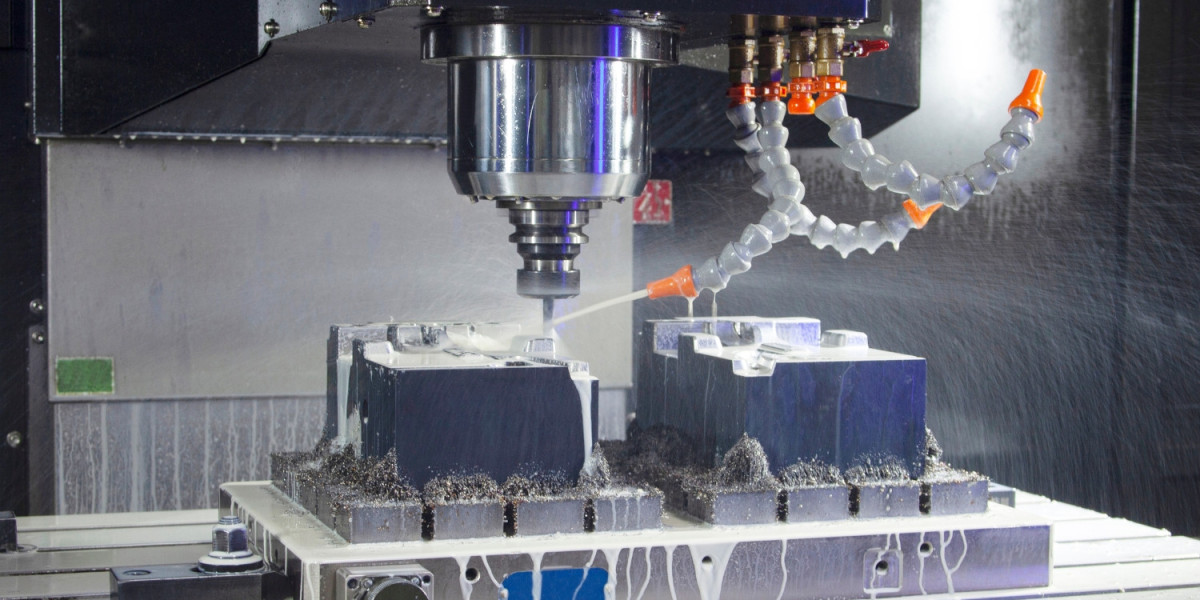Steel machining is a crucial process in manufacturing industries, where precision and efficiency are paramount. Whether you're a seasoned machinist or a novice exploring the world of metalworking, this guide will provide you with valuable insights and techniques to excel in steel machining.
Understanding Steel Properties: Before delving into the steel machining process, it's essential to grasp the properties of steel. Different grades of steel exhibit varying hardness, toughness, and machinability. Familiarize yourself with the specific type of steel you're working with to optimize tool selection and cutting parameters.
Selecting the Right Tools: Choosing the appropriate cutting tools is fundamental to successful steel machining. High-speed steel (HSS) and carbide tools are common choices. Carbide tools, with their superior hardness, are particularly effective for machining tough steels. Consider factors like tool geometry, coatings, and inserts to match the tool to your specific application.
Optimal Cutting Speeds and Feeds: Achieving optimal cutting speeds and feeds is crucial for efficient steel machining. Consult machining data tables and utilize online calculators to determine the right parameters for your chosen steel grade. Experimentation may be necessary to find the ideal balance between cutting speed, feed rate, and depth of cut.
Lubrication and Cooling: Steel machining generates heat, which can adversely affect tool life and surface finish. Implement effective lubrication and cooling systems to dissipate heat and prolong tool longevity. Water-soluble or oil-based coolants are commonly used to maintain stable temperatures during machining.
Securing Workpiece Stability: Ensure the workpiece is securely clamped to prevent vibrations and chatter during machining. Vibrations can lead to poor surface finishes and accelerated tool wear. Utilize sturdy workholding devices and consider strategic placement to minimize distortion.
Precision Machining Techniques: Implementing precise machining techniques is crucial for achieving accurate dimensions and surface finishes. Consider climb milling for improved tool life and surface finish. Take light passes, gradually increasing the depth of cut, and employ techniques like peck drilling for optimal chip evacuation.
Quality Control and Inspection: Regularly inspect the machined parts to maintain quality standards. Use precision measuring instruments such as calipers and micrometers to verify dimensions. Implementing in-process inspections can catch potential issues early in the machining process.
Troubleshooting Common Issues: Be prepared to troubleshoot common issues such as tool wear, chatter, or poor surface finish. Adjust cutting parameters, tool geometry, or machining techniques accordingly. Continuous monitoring and adjustment will help optimize the machining process.
Conclusion: Mastering steel machining requires a combination of knowledge, experience, and attention to detail. By understanding steel properties, selecting the right tools, and implementing precision techniques, you can elevate your machining skills and produce high-quality steel components. Regularly update your knowledge and stay abreast of advancements in machining technology for continuous improvement in this dynamic field.








